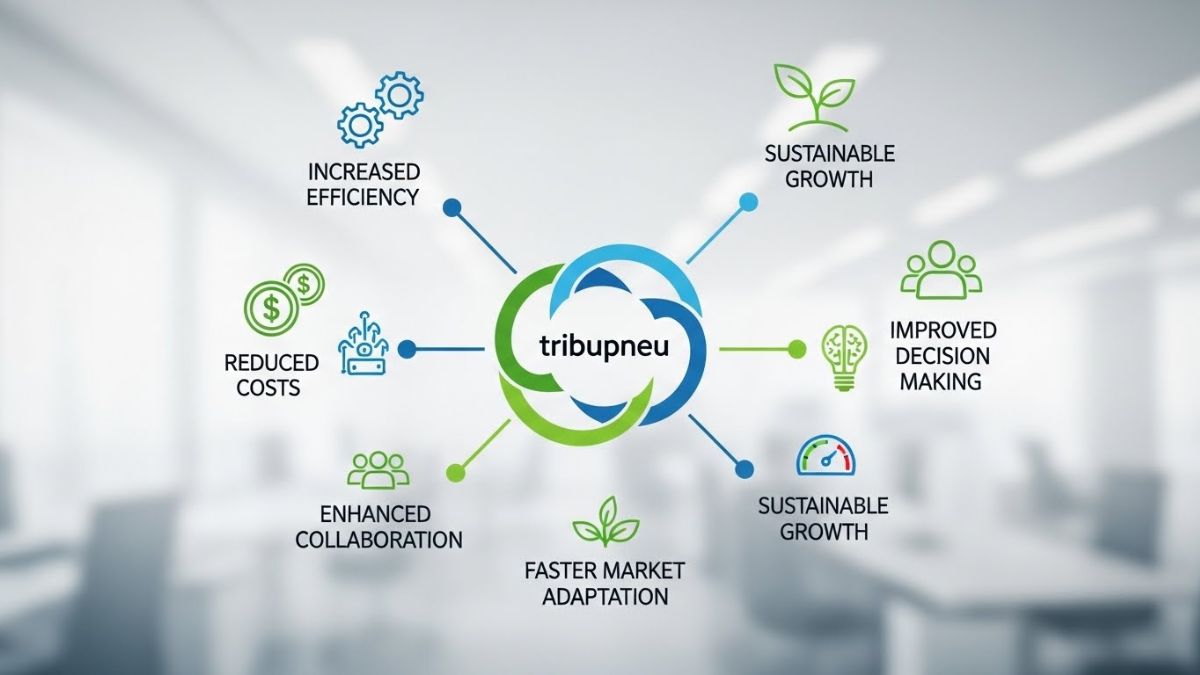Introduction
In the competitive landscape of customer service, metrics play a crucial role in assessing performance and guiding improvements. One such metric is Average Handling Time (AHT), which measures the average duration taken to resolve a customer inquiry. Understanding the importance of AHT can significantly influence the quality of customer experiences, leading to improved satisfaction and loyalty.
What is Average Handling Time?
Average Handling Time refers to the total time taken to resolve a customer issue, including the time spent speaking with the customer and any follow-up actions. It is a vital performance indicator for call centers and customer service teams, providing insights into efficiency and service quality.
Components of Average Handling Time
AHT consists of three primary components:
- Talk Time: The duration of the conversation between the agent and the customer.
- Hold Time: The time the customer spends on hold during the call.
- After-Call Work (ACW): The time taken by the agent to complete necessary follow-up tasks after the call ends.
Why AHT Matters
Understanding AHT is crucial for several reasons:
- Efficiency Measurement: AHT provides insights into how efficiently a call center operates. A lower AHT generally indicates that agents are effectively resolving customer inquiries.
- Customer Satisfaction: Long AHT can lead to customer frustration, as prolonged wait and handling times are often linked to poor service experiences.
- Resource Allocation: Monitoring AHT helps in better resource planning and workforce management, ensuring that staffing levels are adequate to handle call volumes.
The Impact of AHT on Customer Experience
1. Balancing Speed and Quality
While reducing AHT is important for efficiency, it’s equally essential to maintain the quality of service. Striking a balance between quick resolutions and thorough customer support is vital for a positive experience. Customers appreciate agents who can resolve issues swiftly without sacrificing the quality of the interaction.
2. Customer Expectations
In today’s fast-paced world, customers expect quick responses and resolutions. A high AHT can lead to dissatisfaction and drive customers to seek alternatives. By managing AHT effectively, businesses can meet customer expectations and enhance their overall experience.
3. Agent Performance and Morale
Long AHT can impact not only customer satisfaction but also agent performance and morale. When agents feel pressured to shorten call durations, it can lead to burnout and decreased job satisfaction. Training agents to manage AHT while maintaining quality is crucial for their success and well-being.
Strategies to Manage Average Handling Time
1. Invest in Training
Providing comprehensive training for agents can enhance their problem-solving skills, enabling them to resolve inquiries more efficiently. Continuous education on product knowledge, communication techniques, and technology can significantly reduce AHT.
2. Utilize Technology
Implementing advanced technology, such as customer relationship management (CRM) systems and AI-driven tools, can streamline processes and improve agent efficiency. Automated systems can handle routine inquiries, allowing agents to focus on more complex issues.
3. Monitor Performance Metrics
Regularly analyzing AHT alongside other key performance indicators (KPIs) can provide insights into areas needing improvement. By identifying trends and patterns, businesses can implement targeted strategies to enhance efficiency.
4. Foster a Supportive Environment
Encouraging a collaborative environment where agents can seek help from peers and supervisors can lead to quicker problem resolution. Establishing a culture of teamwork can enhance overall performance and reduce AHT.
Conclusion
In conclusion, understanding the importance of Average Handling Time is essential for delivering excellent customer experiences. By effectively managing AHT, businesses can improve efficiency, enhance customer satisfaction, and foster a positive work environment for agents. Prioritizing AHT as a key metric enables organizations to provide exceptional service in an increasingly competitive market.











